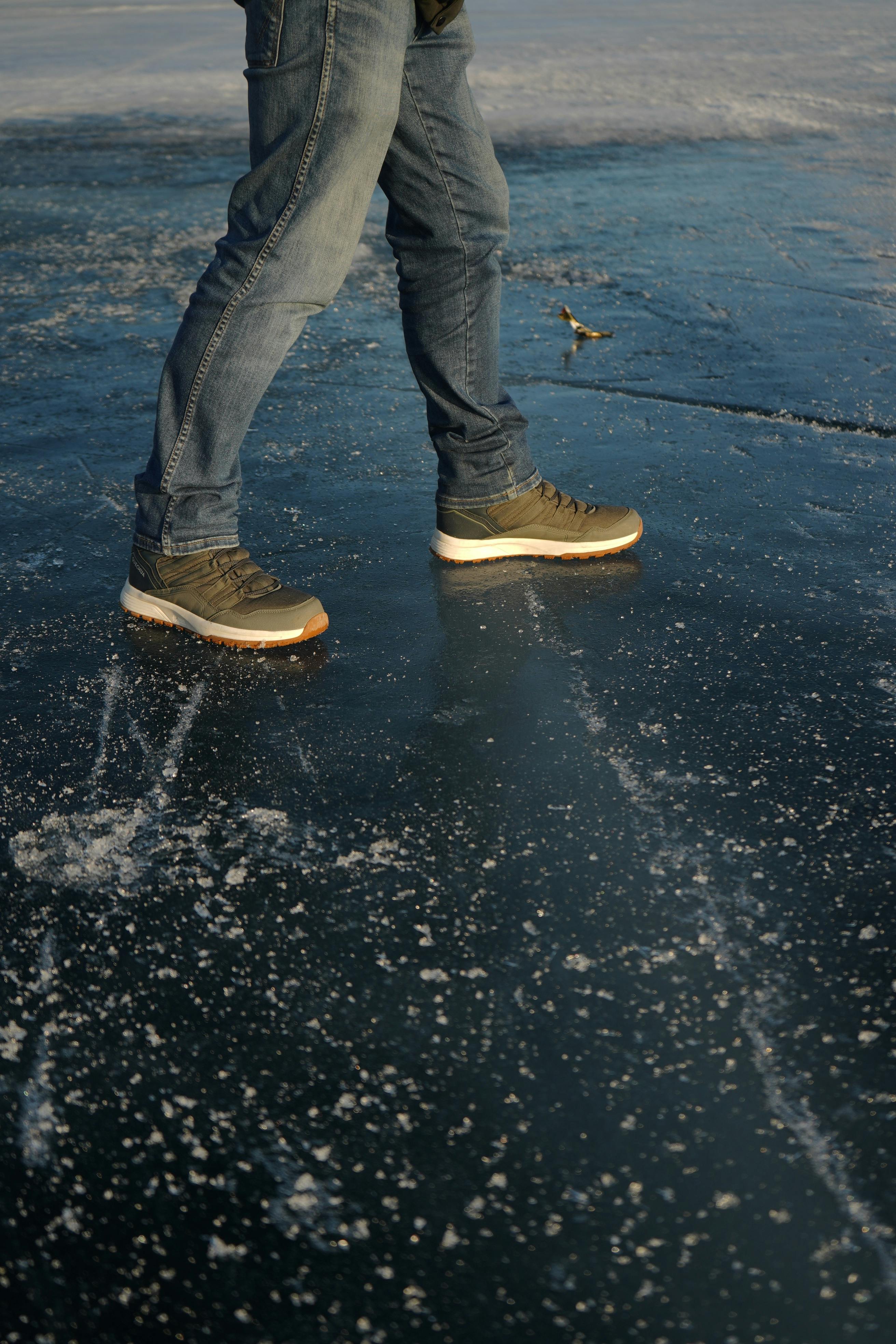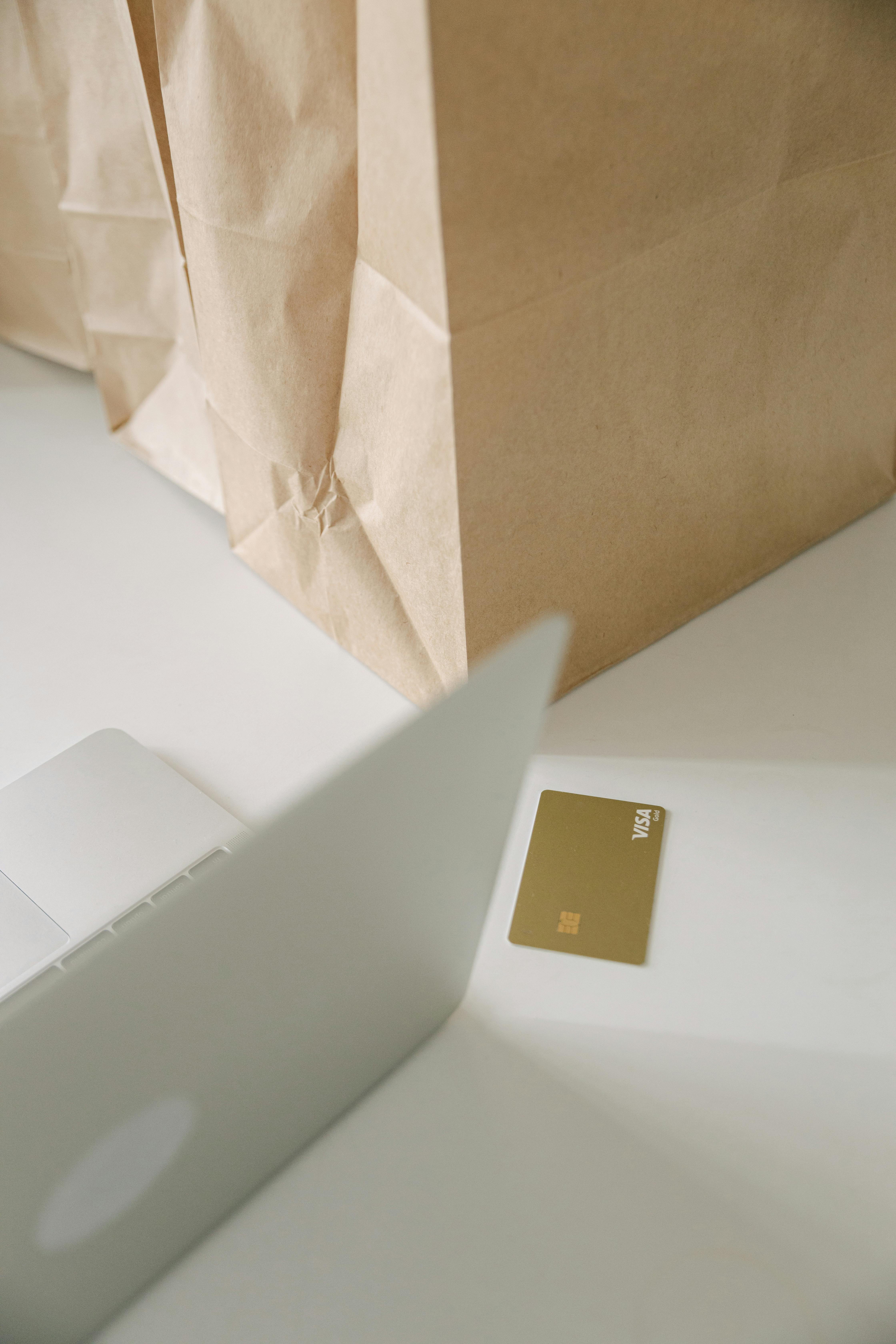How to Properly Measure Waist for Pants: Tips to Optimize Fit

How to Measure Waist for Pants: A Comprehensive Guide
Measuring your waist accurately is crucial for finding the perfect fit in your pants, whether it's jeans, dress pants, or casual wear. A proper waist measurement can make a significant difference in comfort and style, ensuring that your clothing sits well on your body and provides the appropriate look you desire. This guide will walk you through how to measure waist for pants correctly, highlighting best practices and common mistakes to avoid, so you can step confidently into your next fitting or online shopping session.
Understanding how to measure your waist accurately not only helps in preventing issues with fit but also aids in enhancing your overall appearance. From knowing which tools to use to understanding different body types, we cover everything necessary for achieving precise waist measurements. By following the tips outlined here, you’ll be well on your way to discovering your ideal pant size.
This article will provide you with key measurements and tips, including:
- Step-by-step instructions on how to measure waist for pants
- Understanding tailoring and how it relates to sizing
- Common pitfalls and how to avoid them
Let’s dive into the essential practices for waist measurement, ensuring you find your perfect fit!
Essential Tools for Accurate Waist Measurement
Before you begin measuring your waist, it's crucial to gather the right tools to ensure accuracy. A simple yet effective measuring tape is the most common tool recommended. Here are some best practices for using measuring tapes and other techniques for effective waist measurement.
Choosing the Right Measuring Tape
Selecting a flexible measuring tape is critical for an accurate waist measurement. Cloth or soft plastic tapes are preferred as they easily conform to the natural curves of your body.
When using the tape, ensure that it is not too loose or too tight. The tape should lay flat against your skin without compressing it, allowing for a more accurate measurement. For more details on how to use a measuring tape, check this guide on measuring tape usage.
How to Measure Your Waist Step-by-Step
To measure your waist for pants, follow these steps:
- Stand up straight with your feet together.
- Locate your natural waist, which is usually above your belly button and below your rib cage.
- Wrap the measuring tape around your waist. Make sure it’s parallel to the floor and snug, but not constricting.
- Take the measurement where the tape overlaps, noting it in inches or centimeters for reference.
Having completed this process, you can now determine your pant size. For a visual representation, refer to this example image:
Alternative Techniques for Waist Measurement
For those who may not have a measuring tape on hand, there are alternative methods for determining waist size. You can use a piece of string or ribbon to outline your waist, then measure it against a ruler. This can be just as effective if done carefully. Furthermore, using items like a belt or waistband from your existing pants can give a rough estimation of your waist size.
Understanding Waist Measurements for Clothing Types
Different types of pants require specific waist measurements, which can differ based on the cut, style, and fabric. By understanding how these variables affect fit, you can ensure that you are measuring your waist correctly according to the type of pants you are shopping for.
Measuring Waist for Jeans vs. Dress Pants
When measuring for jeans, remember that different brands may offer varying fits. Athletic-fit and relaxed-fit jeans might require slightly different waist sizes based on leg and seat dimensions. It’s essential to refer to specific sizing charts provided by brands, as seen in this waist size chart.
In contrast, dress pants often follow more tailored measurements. When measuring waist for dress pants, ensure a formal fit while considering how the waist will accommodate a belt or suspenders if needed.
Common Mistakes in Waist Measurement
There are several common pitfalls when measuring waist for pants. Some individuals measure at the wrong waist point, either too high or low, leading to inaccurate results. Ensure you're measuring at your natural waistline rather than where your pants sit on your hips.
Another common issue is pulling the tape too tightly. It’s crucial to allow for some breathing room, especially if you intend to wear the pants for extended periods.
FAQs on Waist Measurement Techniques
What tools do I need to measure my waist properly?
You need a flexible measuring tape or string and a ruler to ensure an accurate waist size determination.
How do I measure my waist for pants alterations?
Follow the same steps as regular measuring, but additionally consider any extra fabric allowance for the fit and style intended.
Can I measure my waist alone, or do I need assistance?
You can measure your waist alone effectively using a mirror for guidance. However, assistance may provide more precision.
Best Practices for Taking Accurate Waist Measurements
To ensure the most accurate waist measurement and subsequent fitting, consider these expert tips:
- Always measure in the same position and time of day to maintain consistency.
- Wear lightweight clothing or none at all while taking measurements.
- Record measurements promptly and keep a journal for reference when shopping.
Following these best practices will help you navigate the nuances of waist size determination effectively. If you're looking for more visual demonstrations, view this helpful image:  .
.
Conclusion: Achieving the Perfect Fit
Correctly measuring your waist for pants is not just about picking a random size off the rack; it significantly impacts your comfort and style. By utilizing the techniques and tips outlined in this article, you can ensure a proper fit regardless of the pant style you choose.
Remember, the key to choosing the right pant size lies in understanding how to measure your waist properly. Whether you're ordering online or shopping in-store, having your accurate waist measurement can save you from common pants fitting issues.
Don't forget to take pride in your measurements, pay attention to your body shape, and use these practices to find your ideal fit. Check in with an expert tailor or use a professional measuring service if needed for custom pants fittings! For further reading on pant fits and alterations, consider this final image:  .
.